“I’ve never been one that talks about my bass playing, but I really am proud of my playing on that album – it was the first time I was sober”: In an era dominated by look-at-me shred guitarists, Nikki Sixx showed that playing bass could be cool, too
Mötley Crüe's 1989 blockbuster, Dr. Feelgood, is a prime example of Sixx's gritty bass approach
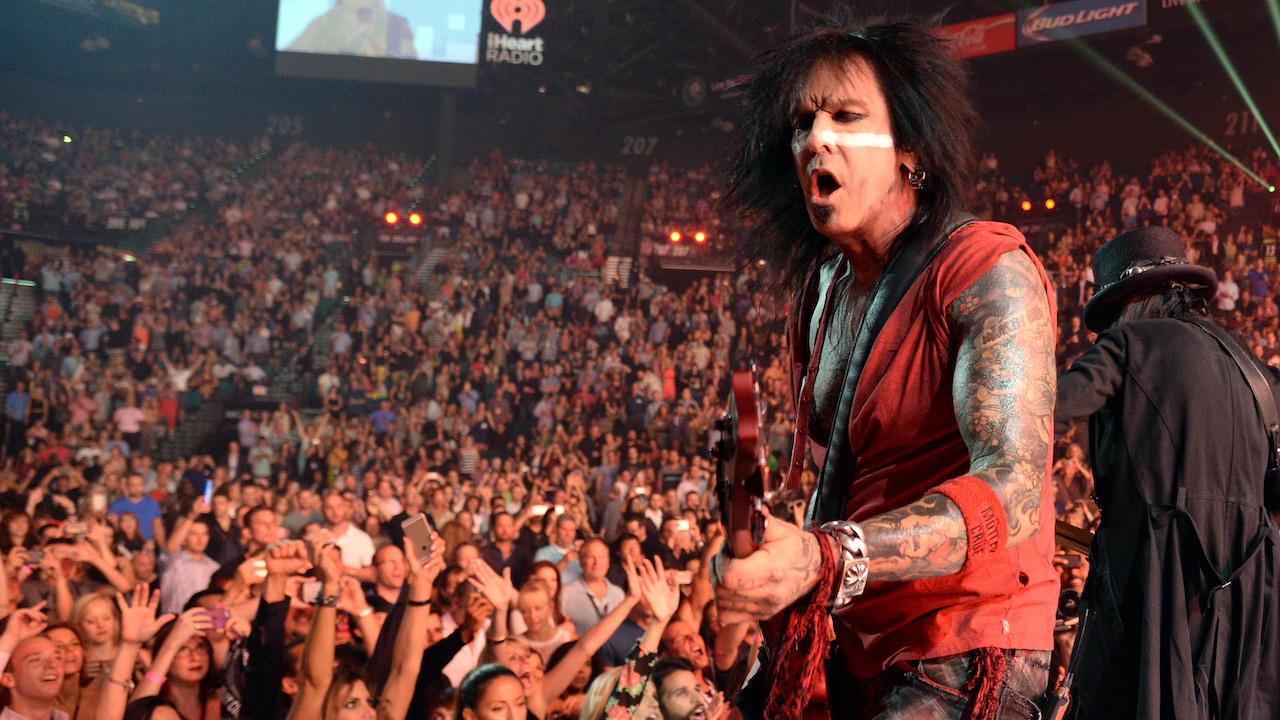
Born in San Jose, California in 1958, Mötley Crüe bassist Nikki Sixx, real name Frank Carlton Serafino Feranna, was the kid from a tough background who found redemption in playing in a great rock band. But it wasn't an easy start.
He famously stole a guitar from a music store in Seattle thinking it was a bass. It wasn't – and he was soundly ridiculed by his prospective bandmates. Having recovered, Sixx went on to buy his first real bass, a black Rickenbacker 4001.
Then came the Crüe. A rollercoaster ride with Vince Neil, Tommy Lee and Mick Mars, Mötley Crüe ruled the Sunset Strip in the early '80s, before taking their unique mix of glam-metal and punk to the rest of the world.
“I think my role in the band was to just lay in the groove,” Sixx told Bass Player. “To grind the fuck out of it and give it some real dirt.
“My intention has always been to be invisible and be part of the drums, and never really stand out. I just move things around enough to compliment what the guitars and vocals are doing. The bottom line is that it's all about the song.”

It's a selflessness that has its roots in his influences. “I loved Pete Overend Watts from Mott the Hoople and Pete Way from UFO. But I've always been influenced by the simple stuff like the bass playing on the Sex Pistol's Never Mind The Bollocks and bands like the Buzzcocks. I really don't care much for funk – too fussy, dude. I like that ratty punk sound, with some melody in there.”
Dr Feelgood, taken from the 1989 album of the same name, was one of the bands first top ten singles. In addition, the album remains their biggest seller.
Get The Pick Newsletter
All the latest guitar news, interviews, lessons, reviews, deals and more, direct to your inbox!
The title track's 14-bar intro sets the groove for the whole tune. The most important thing to note is how Sixx never plays on the downbeat of beat one; it's always anticipated. To keep your picking hand from tripping over the swung rhythm, alternate your pick strokes, playing upstrokes on upbeats and downstrokes on downbeats.
While Sixx's bassline in the song's main riff may sound intimidating, it generally matches up with singer Vince Neil's chorus melody. Part of what gives the riff so much momentum is the E-F-F# chromatic movement in beats one and two. To play it comfortably, keep your fingers spaced out so there is one finger per fret.
During the verses Sixx always plays across the bar – that is, he holds notes across beat one. As the verse begins, he pauses during beats three and four, leaving space for drummer Tommy Lee's crushing half-closed hi-hat and snare drum hits. As the verse progresses, he fills out the line by playing eighth-notes on the G and D chords.
The Dr Feelgood album has another of Sixx's finest moments: Kickstart My Heart – 10 years of Mötley Crüe excess squeezed into four minutes 43 seconds, with a huge pounding bassline.
“I’ve never been one that talks about my bass playing because I’m a band member, but I really am proud of my bass playing on that album; it was the first time I was sober.
“But I’m proud of all the albums we’ve made; I’m proud of the tones. I’m proud of the fact that I wrote those songs, and I was able to go, ‘What does this song need?’ Not, ‘What do I need?’ but ‘What does the song need?’”
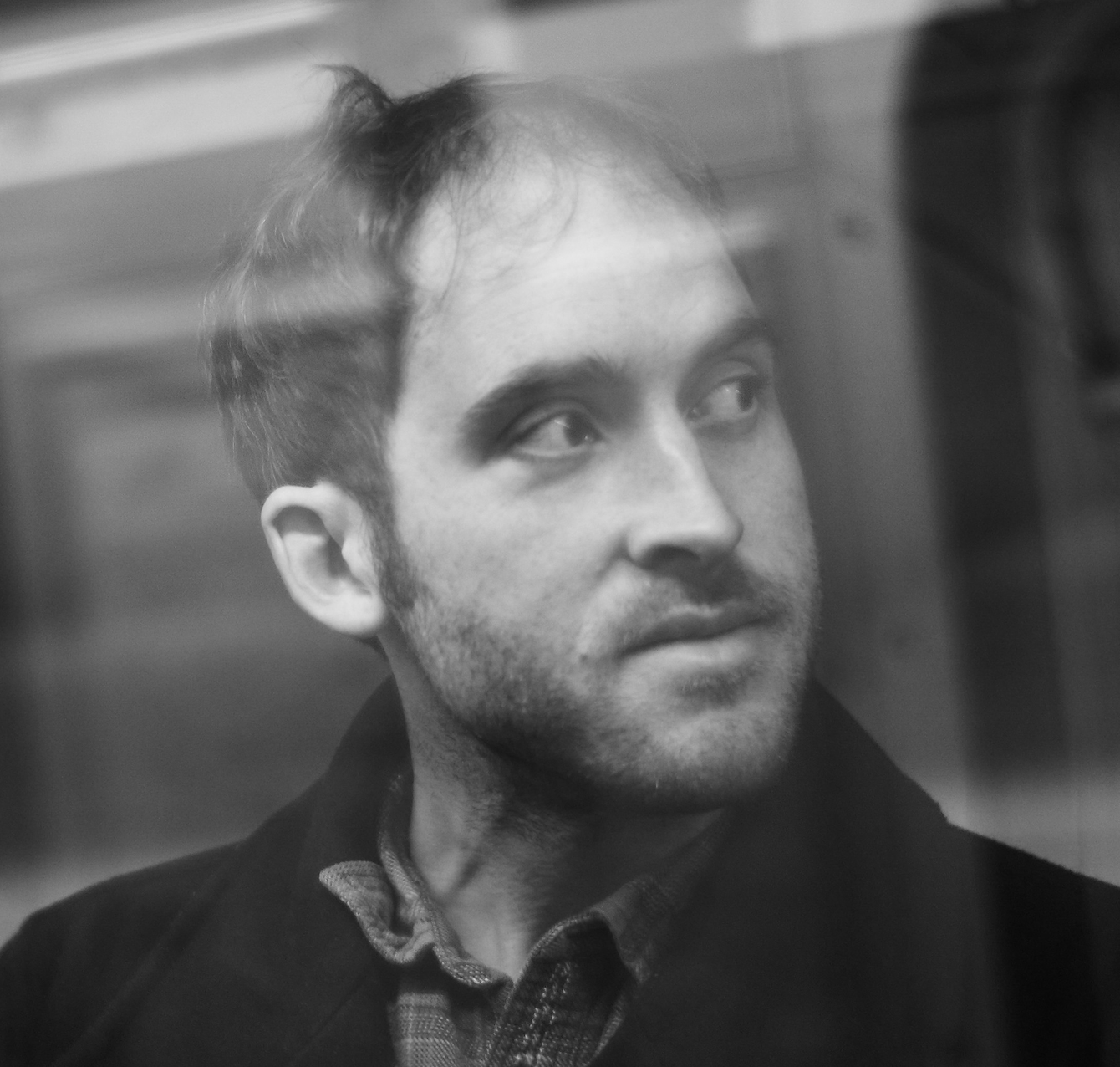
Nick Wells was the Editor of Bass Guitar magazine from 2009 to 2011, before making strides into the world of Artist Relations with Sheldon Dingwall and Dingwall Guitars. He's also the producer of bass-centric documentaries, Walking the Changes and Beneath the Bassline, as well as Production Manager and Artist Liaison for ScottsBassLessons. In his free time, you'll find him jumping around his bedroom to Kool & The Gang while hammering the life out of his P-Bass.
You must confirm your public display name before commenting
Please logout and then login again, you will then be prompted to enter your display name.
“One of the guys said, ‘Joni, there’s this weird bass player in Florida, you’d probably like him’”: How Joni Mitchell formed an unlikely partnership with Jaco Pastorius
“I said, ‘If I could have it my way it would sound like this,’ and I pulled the bass guitar out of the mix”: Why Prince removed the bassline from When Doves Cry



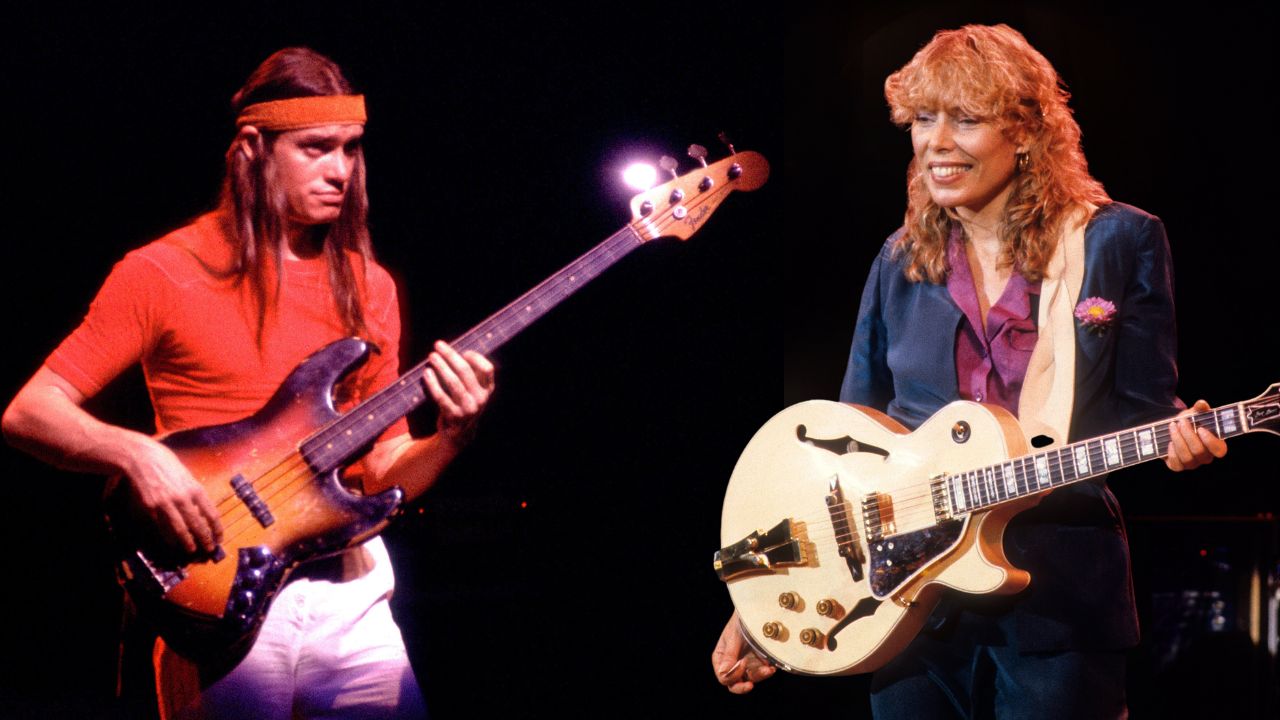
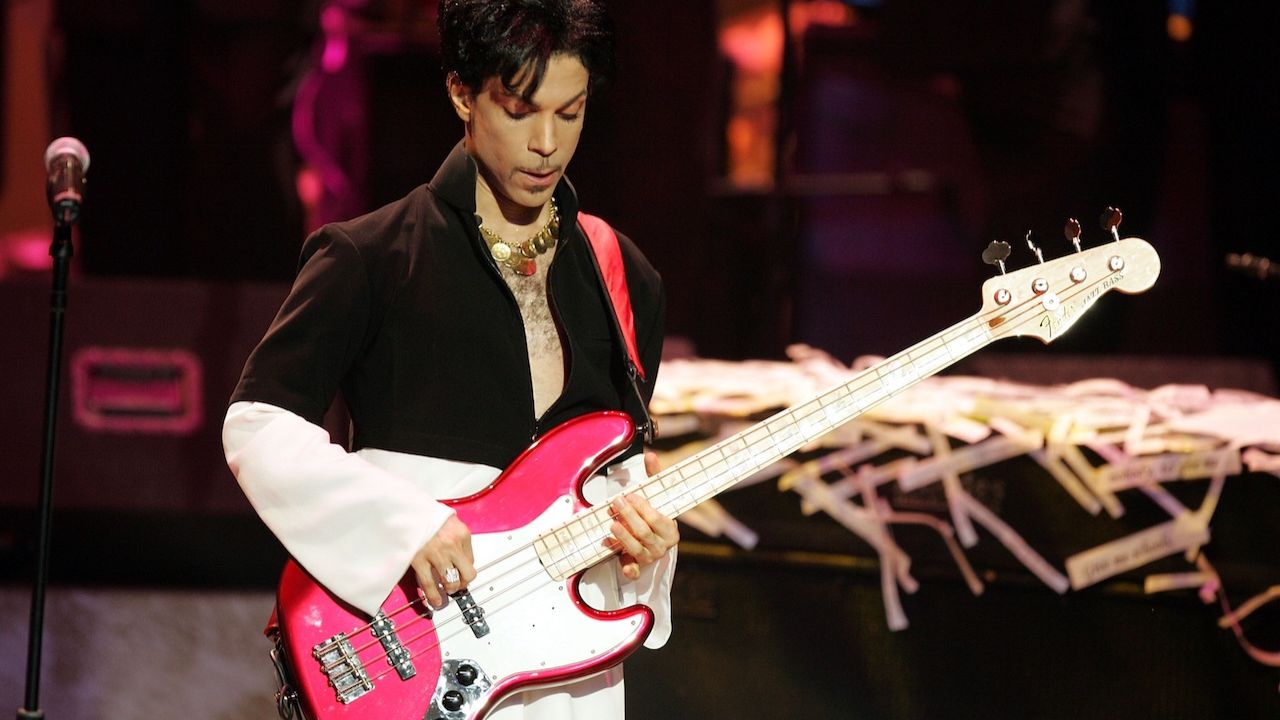
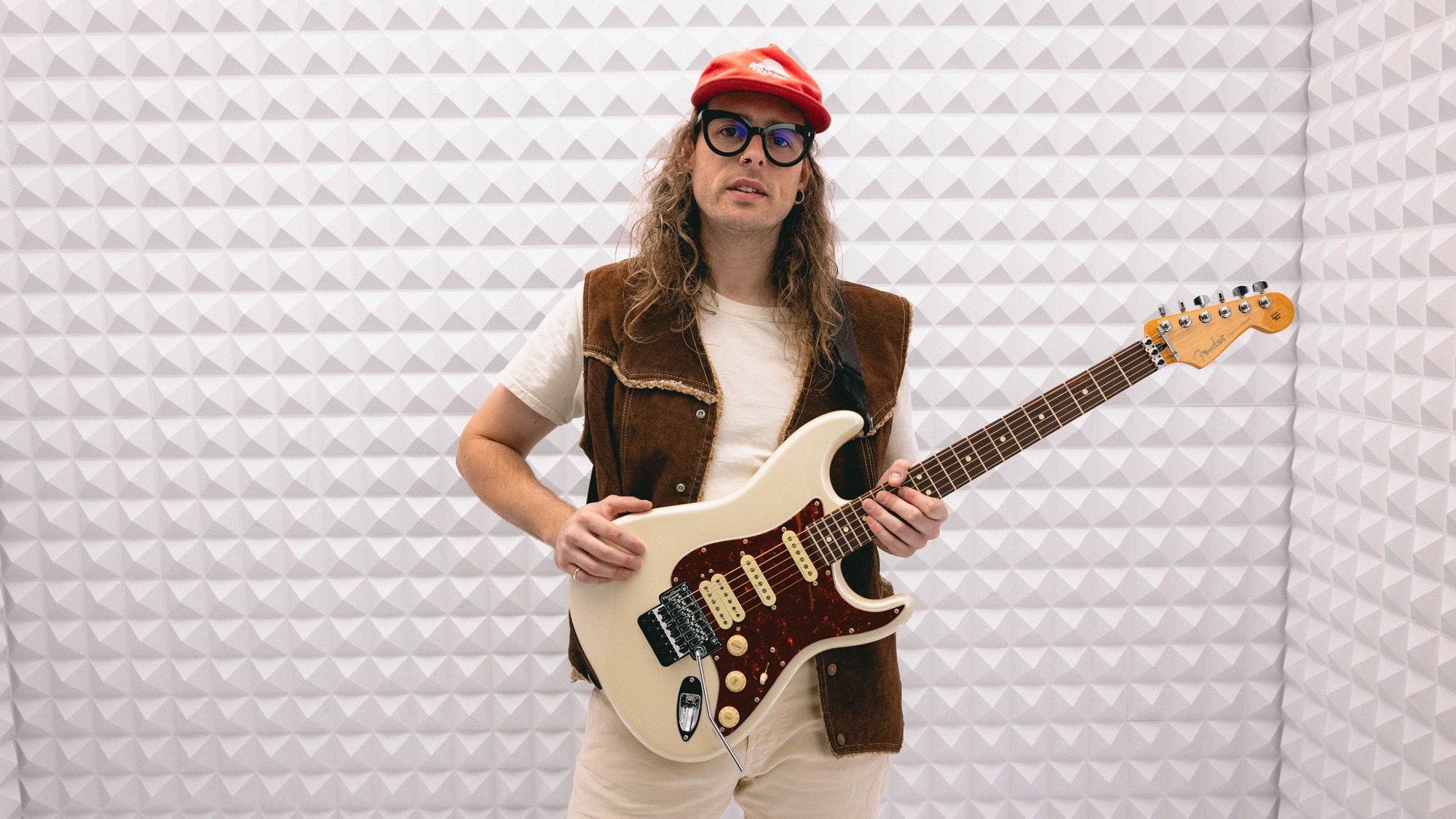
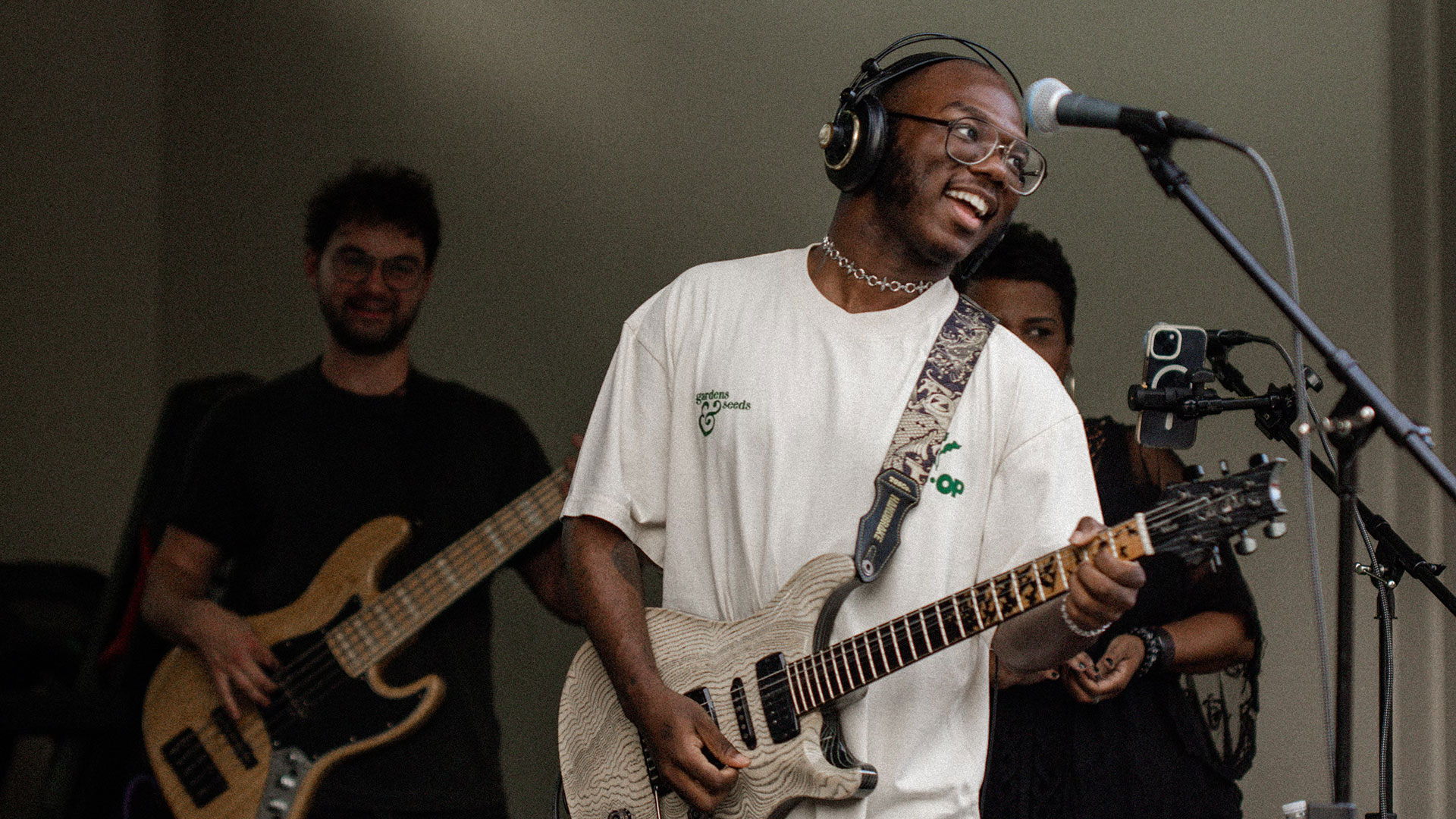
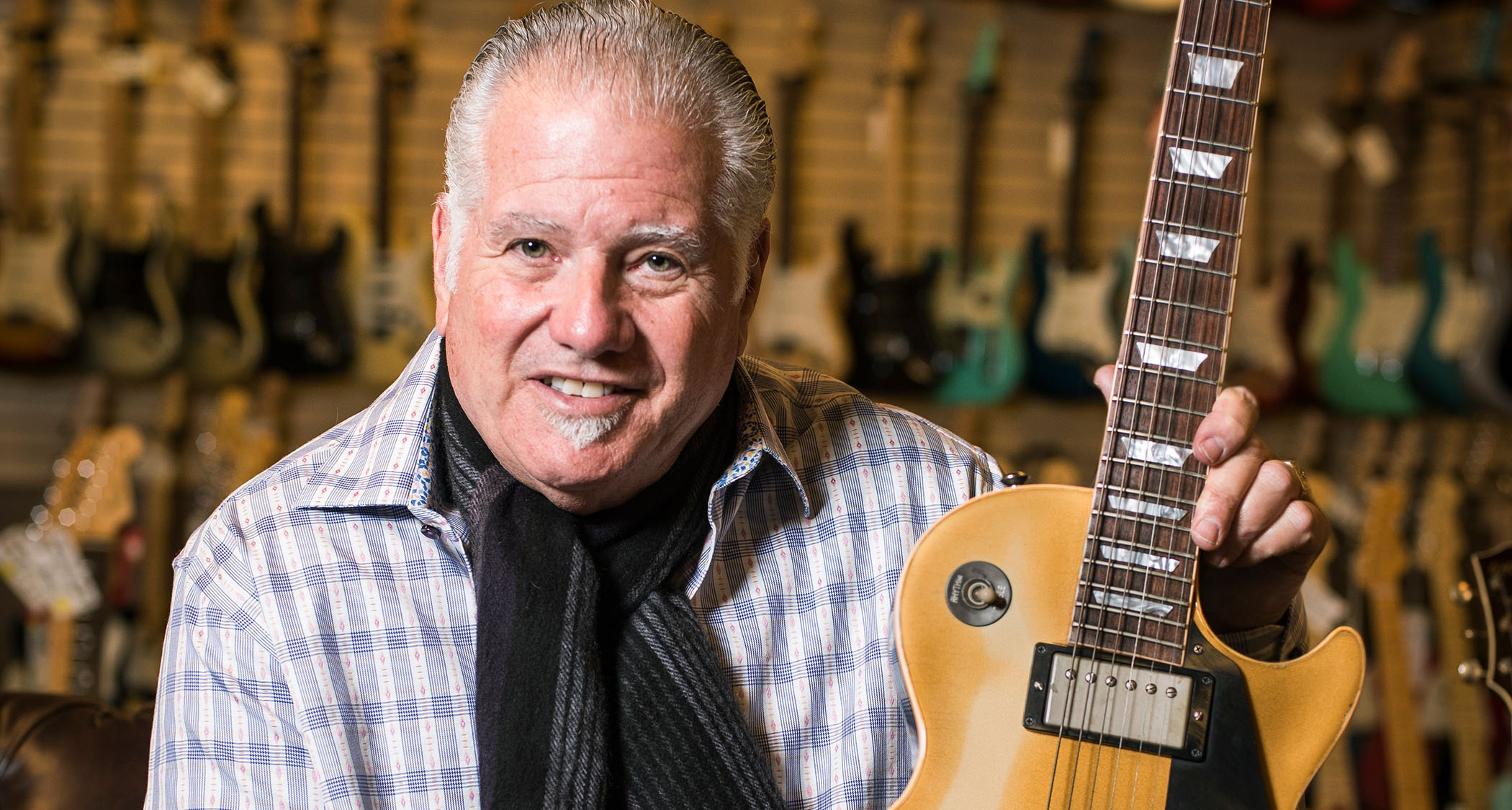
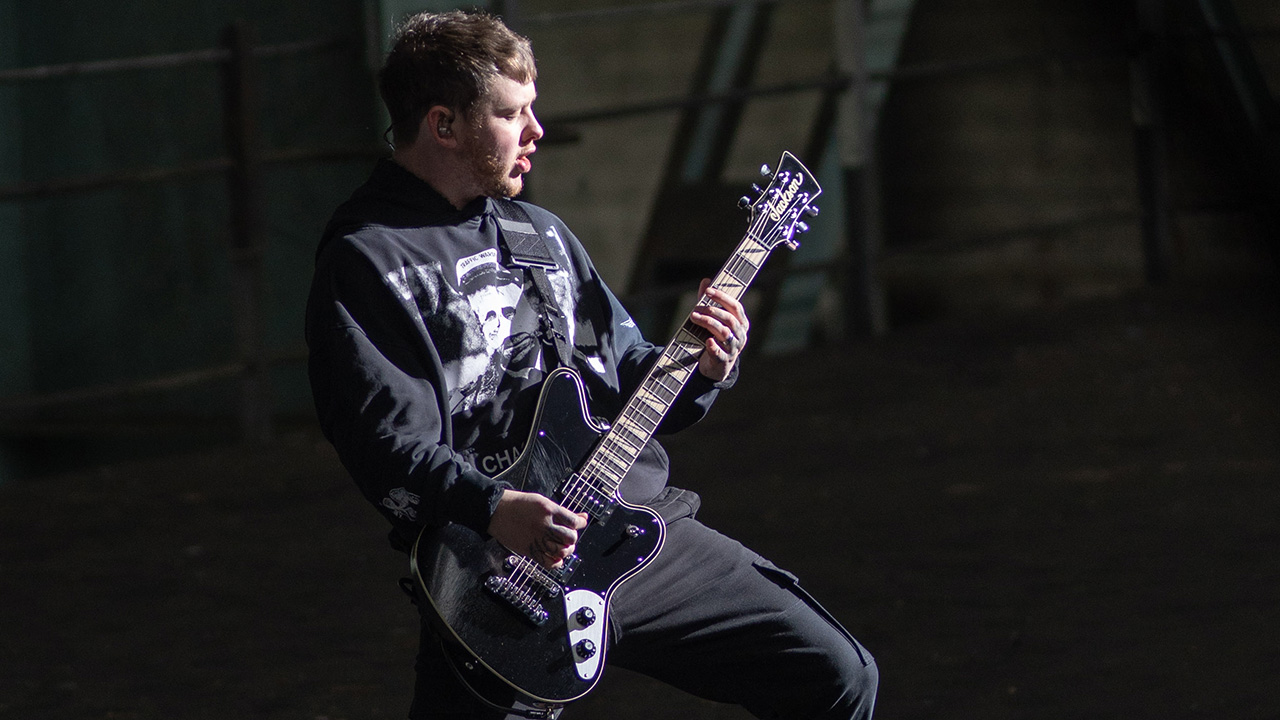
![John Mayer and Bob Weir [left] of Dead & Company photographed against a grey background. Mayer wears a blue overshirt and has his signature Silver Sky on his shoulder. Weir wears grey and a bolo tie.](https://cdn.mos.cms.futurecdn.net/C6niSAybzVCHoYcpJ8ZZgE.jpg)
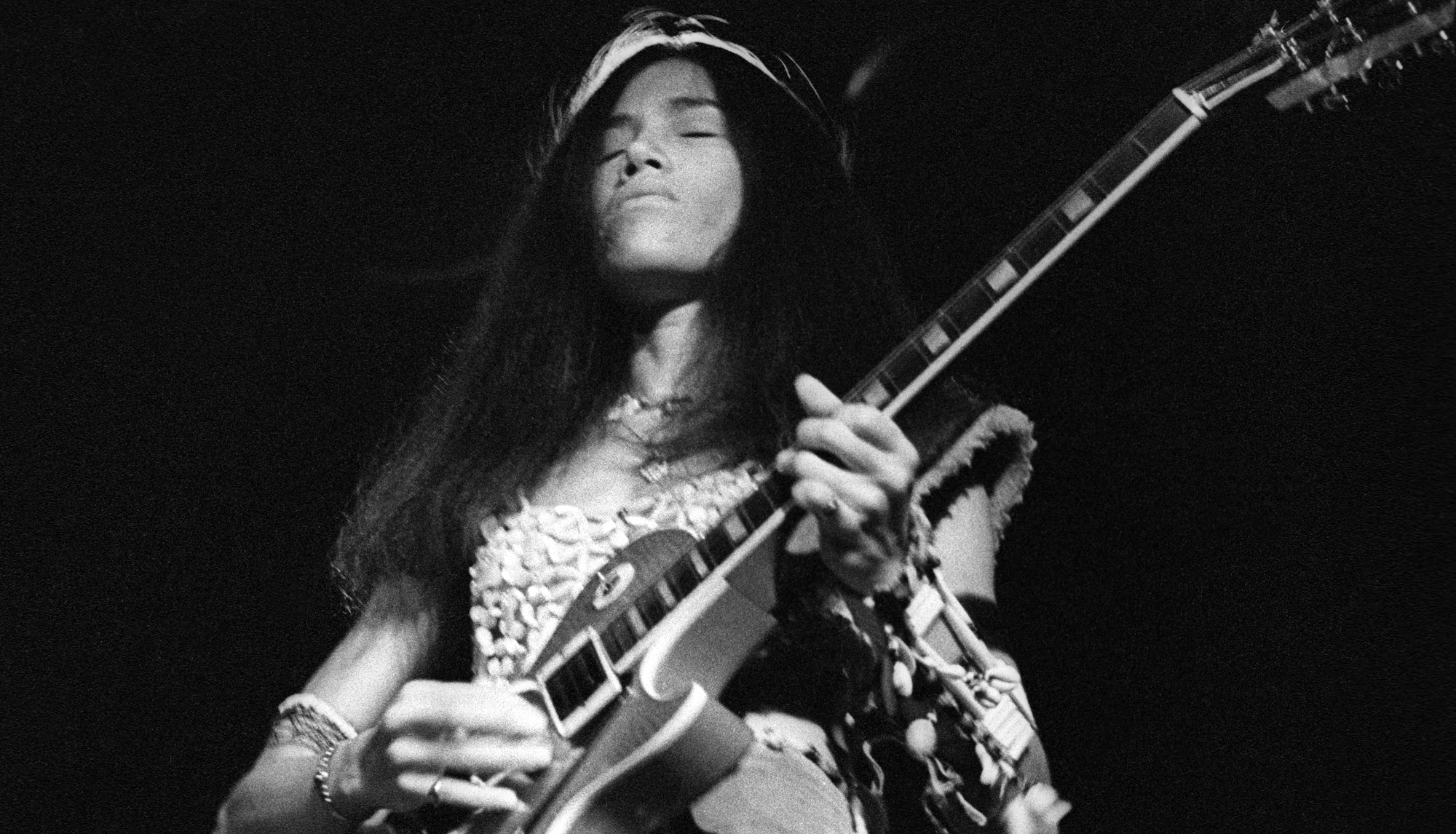
![A black-and-white action shot of Sergeant Thunderhoof perform live: [from left] Mark Sayer, Dan Flitcroft, Jim Camp and Josh Gallop](https://cdn.mos.cms.futurecdn.net/am3UhJbsxAE239XRRZ8zC8.jpg)